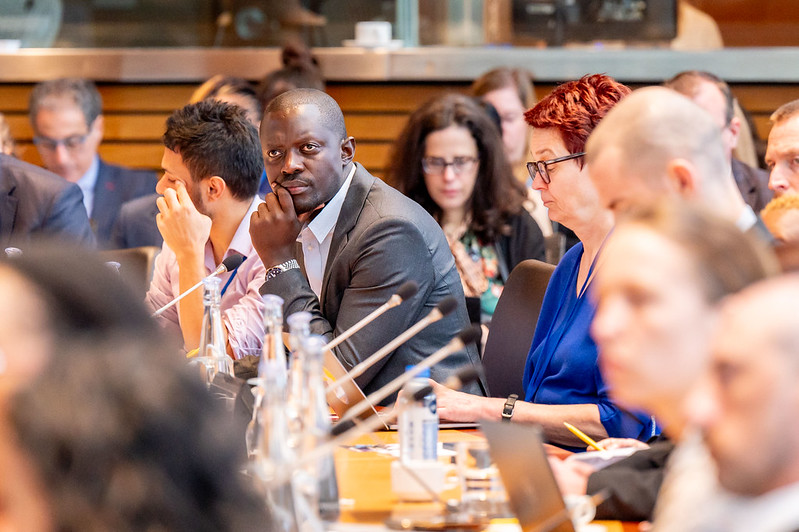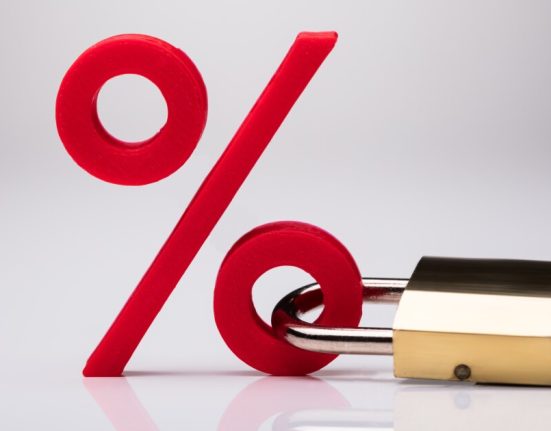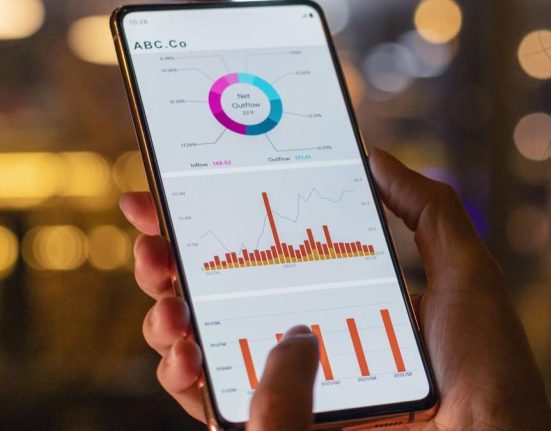The 21st replenishment of the International Development Association’s (IDA21) – the World Bank’s low-income lending arm – due to conclude in December, takes place amid a worsening debt crisis. Even if IDA21 lives up to calls from World Bank President Ajay Banga for record breaking funding, the unfolding debt crisis will likely limit IDA’s ability to provide highly concessional loans and grants to its low-income country (LIC) members.
When an IDA country faces debt difficulties, its loans can be converted to grants, though this support is capped according to unpublished country quotas. From 2020 to 2022, as LICs struggled with the exogenous fallout of the Covid-19 pandemic and their debt situations worsened, the ratio of grants- to- loans in IDA’s portfolio rose from one-fourth to one-third. IDA began converting loans of moderately debt distressed LICs to 50-year credits instead of its usual mix of credits and grants which, according to Clemence Landers and Hannah Brown from US-based think tank Center for Global Development (CGD), should restore grants to a manageable level.
However, according to Development Finance International, the current debt crisis is the ‘worst ever’, with many LICs now paying more on debt servicing than on health, education, social protection and climate combined, meaning this crisis could place significant strain on IDA’s funding model.
The strength (and weakness) of IDA’s funding model: market-based finance
Since its 18th replenishment (2017-19), IDA has issued market debt backed by its equity base, mostly comprised of its outstanding loans (see Observer Winter 2017). This approach has allowed IDA to grow its resources to $185 billion. In IDA20, $23.5 billion of donor contributions were leveraged into a $93 billion replenishment, $33.5 billion in borrowing and $36 billion in reflows via repaid debt from IDA members. As long as grants are less than contributions, IDA does not have to dip into its equity base – but if it does, it could cause a larger contraction in its loan portfolio because its equity is the basis on which it raises market finance.
According to CGD’s calculations, a moderate worsening of LIC debt dynamics would require at least $36 billion in grants over the IDA21 replenishment cycle, requiring an additional $12 billion in contributions compared to IDA20 to avoid dipping into IDA’s equity base. A significant worsening would require at least $45 billion in grants over the replenishment cycle, requiring an additional $22 billion, compared to IDA20. As donor contributions to IDA have fallen by 20 per cent in real terms over the last decade and, as CGD notes, many large donors have signalled that reaching even the level of their contributions for IDA20 may prove difficult, even the moderate debt crisis scenario could significantly affect IDA.
As debt repayments surge and capital flows turn net-negative, LICs have been forced to rely on IDA for affordable finance, while high-income countries have persistently failed to meet their 0.7 per cent GNP target for Official Development Assistance or agree on a new allocation of SDRs (see Observer Summer 2024).
Quality vs quantity
However, concerns about the size of the IDA21 replenishment should not obscure more fundamental questions of how effective IDA assistance has been: only 17 out of 81 IDA countries have graduated out of IDA eligibility since 1996 (see Observer Spring 2024).
IDA assistance remains linked to highly problematic policies that have a strong pro-liberalisation, deregulation and private sector bias. This has favoured profit extraction by international investors, been linked to the financialisation of Global South economies, and has failed to catalyse economic transformation (see Report, Financialisation, human rights and the Bretton Woods Institutions: An introduction for civil society organisations). This approach looks set to continue in IDA21, with the draft policy package released on 17 June containing numerous references to efforts to crowd in private finance into climate and development efforts.
“IDA is of critical importance for the 39 African states that rely on its financing. But just ensuring it can continue current levels of support is not enough,” noted Jane Nalunga of Ugandan civil society organisation SEATINI. “We need a better IDA, that actively supports their economic transformation, not just keeps them on life support, and to do this we need rich countries to increase their contributions to substantially reduce IDA’s reliance on market finance.”







